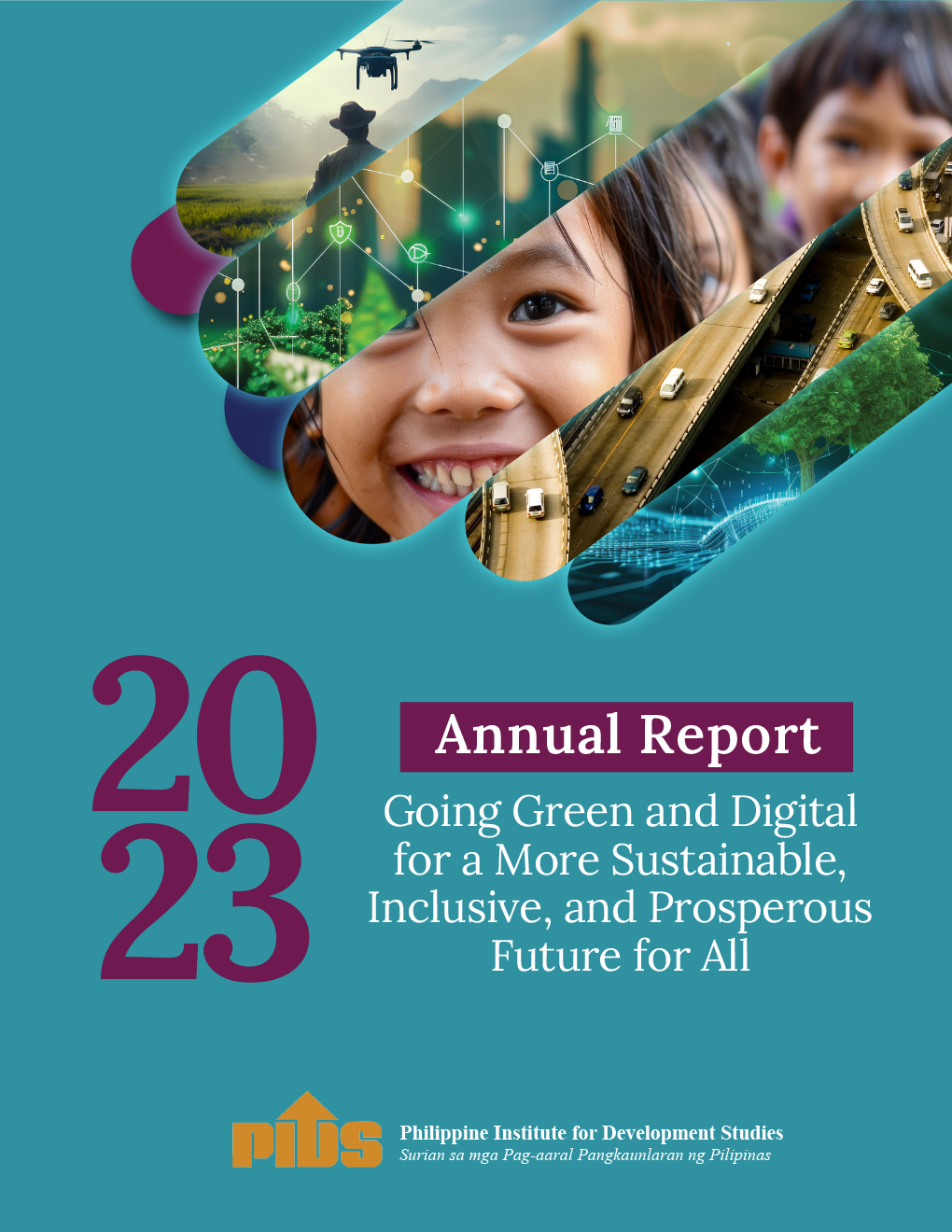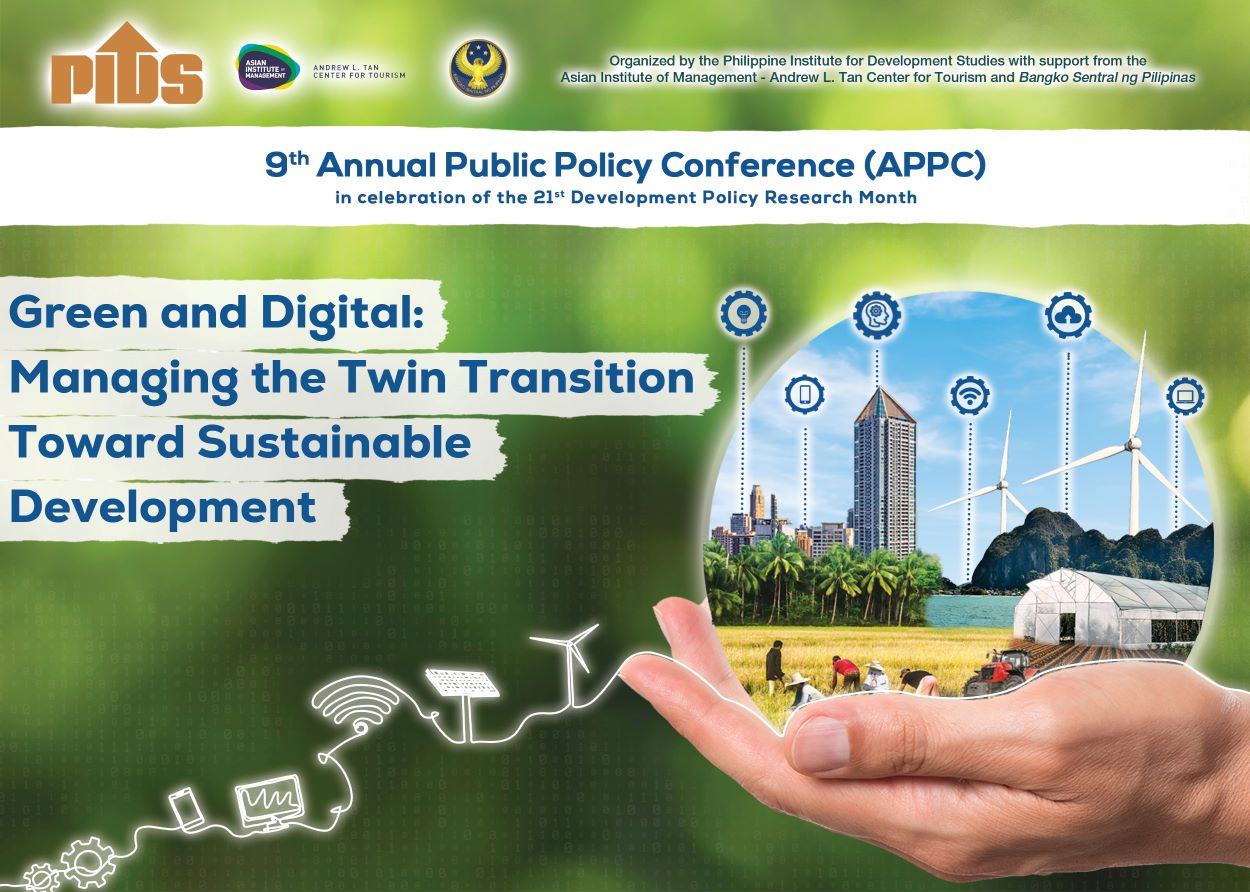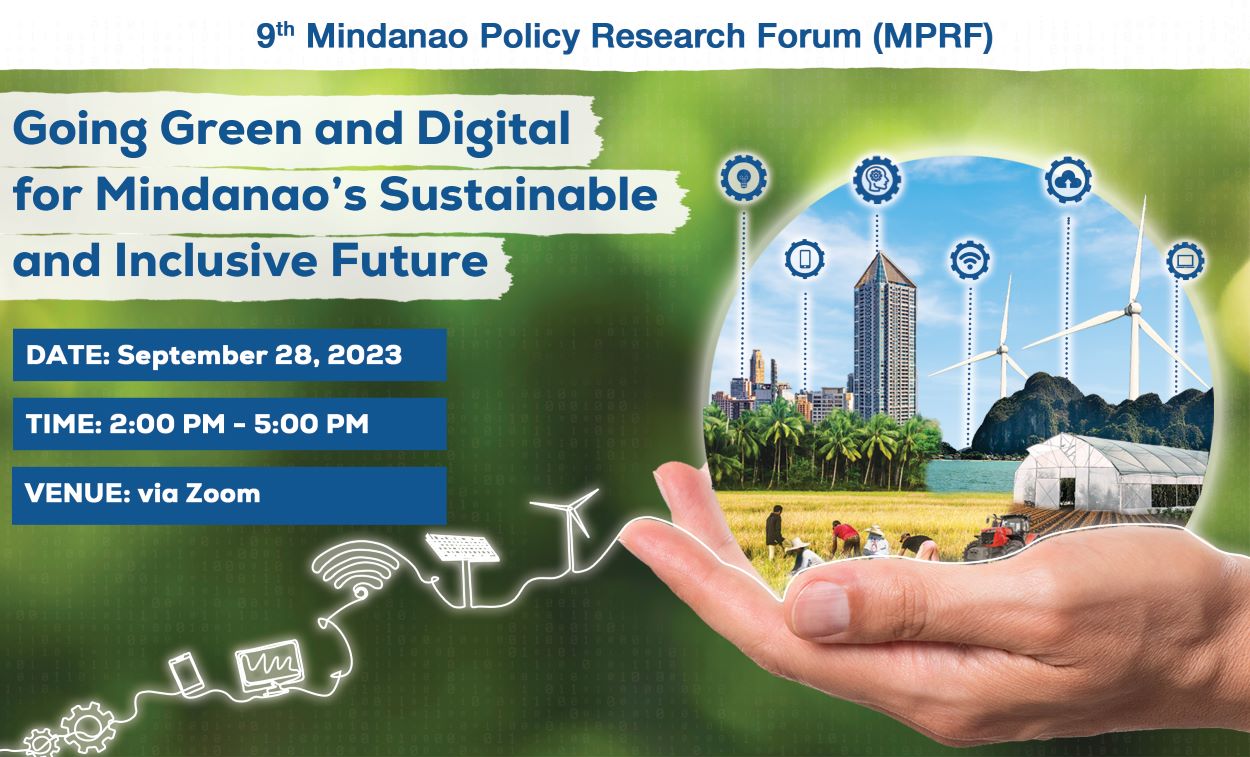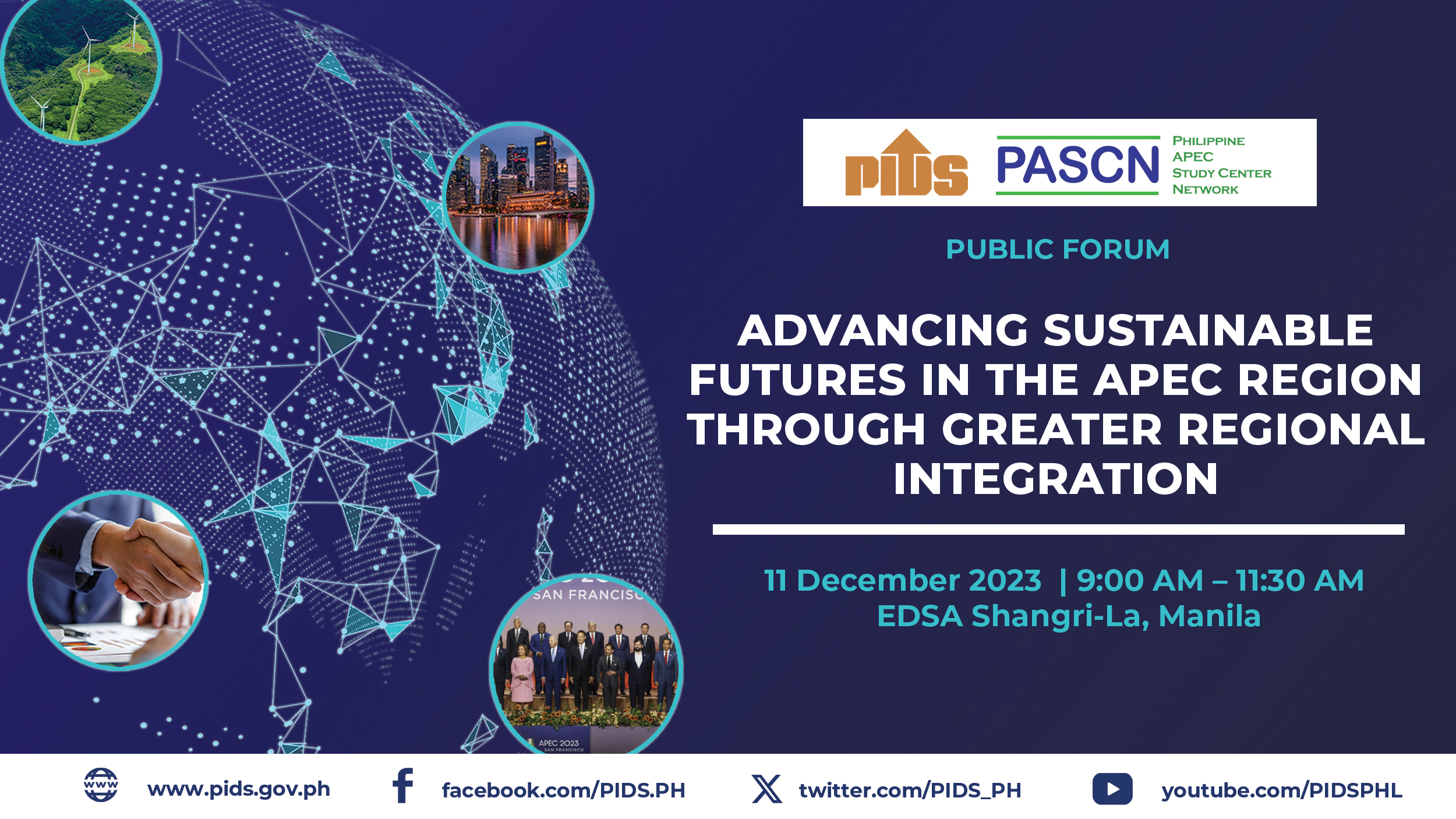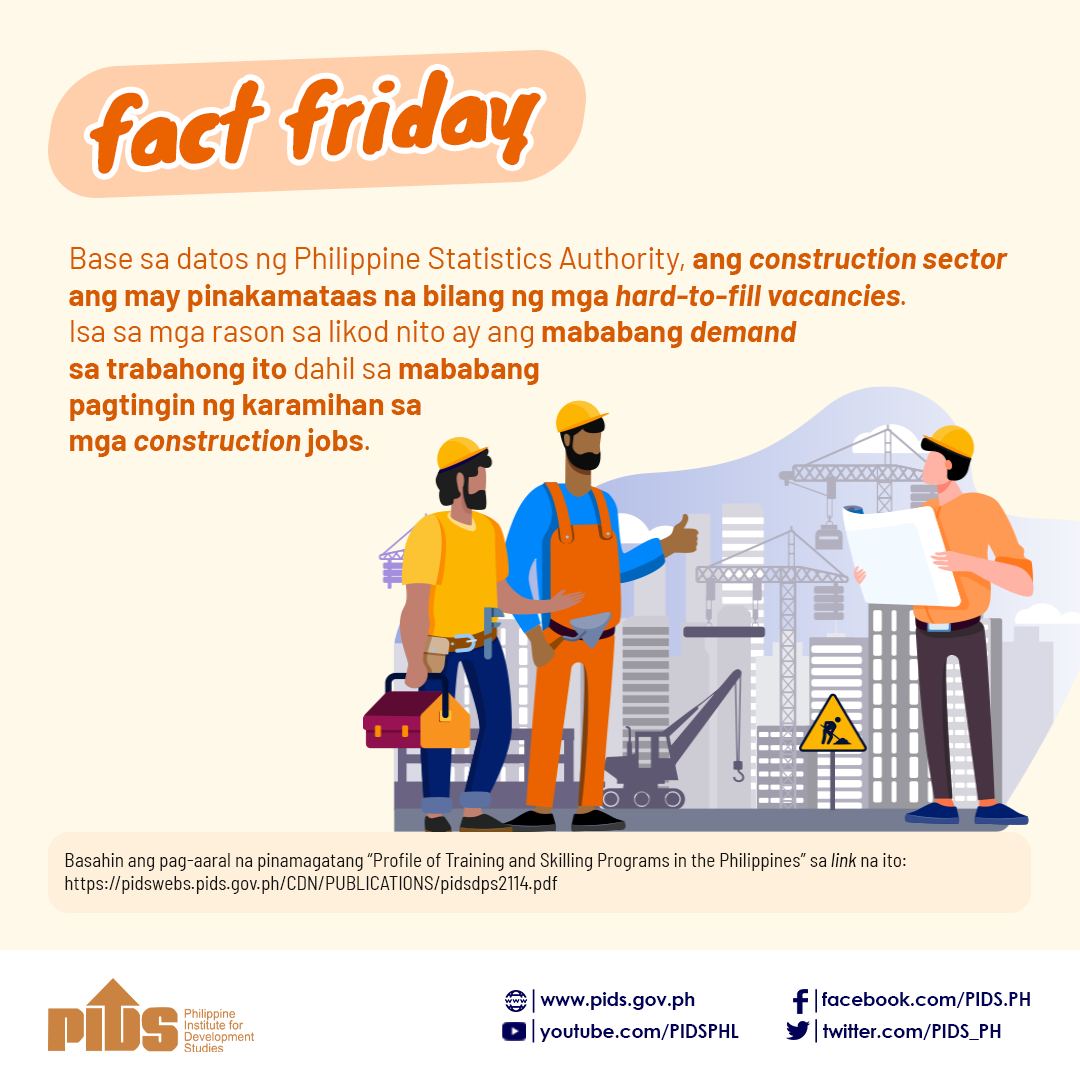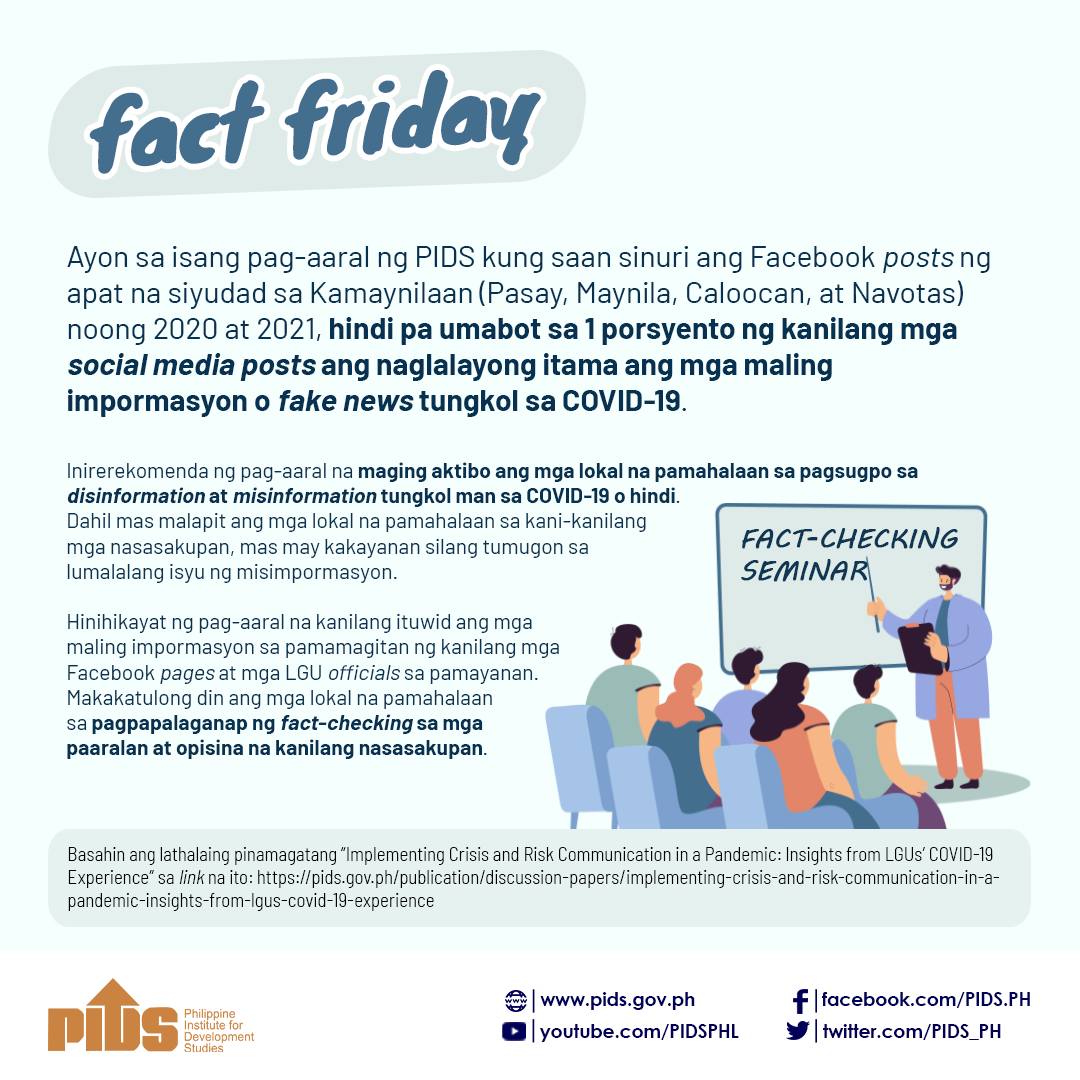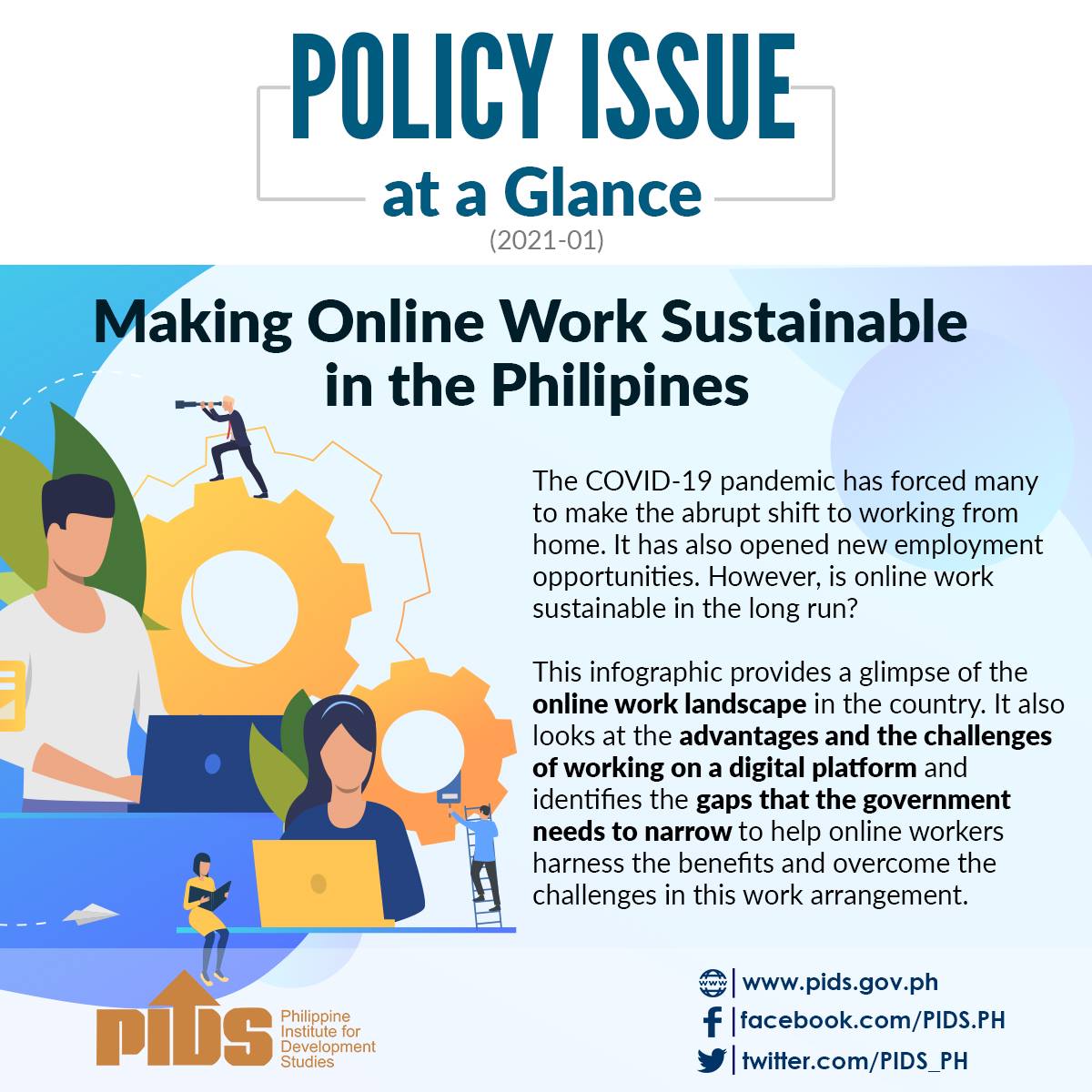WITH media reports mostly focusing on crime, war and politics, the Philippine Press Institute (PPI) in partnership with Holcim Philippines kicked off the last leg of their media series seminar to present to reporters in Mindanao a different angling.
Last July 25 to 26, 2014, journalists from all over Mindanao convened at VIP Hotel in Cagayan de Oro City for a crash course on sustainable construction.
Dubbed as "Seminar-Workshop on Sustainable Construction Reporting: Building it Right,” the seminar was the official launch of the Holcim-PPI Journalism Awards for Sustainable Construction Reporting (Jascor).
Jascor aims to recognize excellent stories from the print media which help inform and make the public understand and support sustainable construction through writing construction-related topics which play a vital role in the development of the community.
The participants were encouraged to write significant stories on underreported or neglected topics dealing with construction and infrastructure, stories which affect the community with a sustainable construction angle worthy to have a spot in the papers.
"Big road projects, factories put up in the province, or something as local as building comfort rooms in the skirts of Mindanao where Muslim communities are. These are stories that are important to people. The trick is knowing how to find your angle,” explained Ariel C. Sebellino, PPI executive director.
Architect Miguel Guerrero, chairperson of the Green Architecture Advocacy Philippines, a non-government organization spoke about sustainable construction and environment, while Dr. Adoracion M. Navarro, senior research fellow of Philippine Institute for Development Studies (PIDS) discussed about planning economic development by bracing for calamities and one major move is to build disaster-resilient infrastructures.
Prior to the series of seminars, Holcim Philippines put together a "vox populi” of individuals from different professions who were asked to define sustainable construction. Majority of those asked answered with blank faces or were hesitant on answering.
"Sustainable construction is where spiritual development, financial development, social development and other aspects of development are being focused on. There’s a church, a gym, a plaza, a market, and businesses that is not only profit-centered but gives back to the community. The sustainable environment aims to bring back the spirit of ‘bayanihan’ in a community that has the love for the environment it is in and the people it is with,” said Guerrero.
In an article published in the corenetglobal.org by Julio Alvear of Syska Hennessy Group NY, green buildings are now in demand in the United States.
Studies have shown that "green-designed” buildings have qualities that have a positive effect on the productivity of the occupants such as indoor air quality and thermal comfort.
Figures from the Capital E Consulting Group show that green buildings have a 15 percent rise in employee productivity annually making a company competitive and are able to meet customer demand.
Holcim characterizes sustainable construction through the 5 Ps: Progress, People, Planet, Prosperity and Proficiency.
Sustainable construction should be innovative, responsive to social and psychological needs and values of people, sensitive and responsible to its effect to natural resources, efficient designs flexible to changes in the weather, and it should exhibit long-term competence and aptitude.
The "Sustainable Construction Story of the Year” will be awarded to the article that best promotes the understanding and appreciation of the value and benefit of sustainable construction.
PPI-Holcim hold media series on sustainable construction


